#endangered
Text
https://lisa-623.mxtkh.fun/ws/CGngjxN
#blue lock x reader#shera#success#Nancy a#jaime pressly#natsume yuujinchou#endangered#kugisaki nobara#mha smut#quantum mechanics#karrueche#naughty
133 notes
·
View notes
Text
"In one of Africa’s last great wildernesses, a remarkable thing has happened—the scimitar-horned oryx, once declared extinct in the wild, is now classified only as endangered.
It’s the first time the International Union for the Conservation of Nature (IUCN), the world’s largest conservation organization, has ever moved a species on its Red List from ‘Extinct in the Wild’ to ‘Endangered.’
The recovery was down to the conservation work of zoos around the world, but also from game breeders in the Texas hill country, who kept the oryx alive while the governments of Abu Dhabi and Chad worked together on a reintroduction program.
Chad... ranks second-lowest on the UN Development Index. Nevertheless, it is within this North African country that can be found the Ouadi Rimé-Ouadi Achim Faunal Reserve, a piece of protected desert and savannah the size of Scotland—around 30,000 square miles, or 10 times the size of Yellowstone.
At a workshop in Chad’s capital of N’Djamena, in 2012, Environment Abu Dhabi, the government of Chad, the Sahara Conservation Fund, and the Zoological Society of London, all secured the support of local landowners and nomadic herders for the reintroduction of the scimitar-horned oryx to the reserve.
Environment Abu Dhabi started the project, assembling captive animals from zoos and private collections the world over to ensure genetic diversity. In March 2016, the first 21 animals from this “world herd” were released over time into a fenced-off part of the reserve where they could acclimatize. Ranging over 30 miles, one female gave birth—the first oryx born into its once-native habitat in over three decades.
In late January 2017, 14 more animals were flown to the reserve in Chad from Abu Dhabi.
In 2022, the rewilded species was officially assessed by the IUCN’s Red List, and determined them to be just ‘Endangered,’ and not ‘Critically Endangered,’ with a population of between 140 and 160 individuals that was increasing, not decreasing.
It’s a tremendous achievement of international scientific and governmental collaboration and a sign that zoological efforts to breed endangered and even extinct animals in captivity can truly work if suitable habitat remains for them to return to."
-via Good News Network, December 13, 2023
#chad#abu dhabi#north africa#rewilding#endangered species#conservation#zoology#conservation biology#oryx#good news#hope#texas#big game#animals#endangered#environmentalism#environmental science#zoo#zoos#zoo animals
23K notes
·
View notes
Text

BREAKING: New Jaguar Just Dropped!
A Center for Biological Diversity analysis of a trail camera detection by wildlife enthusiast Jason Miller confirms we have a new jaguar in Arizona, making it the 8th jaguar documented in the U.S. Southwest in the past 3 decades.
The rosette pattern on each jaguar is unique, like a human fingerprint, and it enables identification of specific animals. The pattern shows this jaguar is not Sombra or El Jefe, two jaguars who have roamed Arizona in recent years.
Jaguars once lived throughout the American Southwest, with historical records on the South Rim of the Grand Canyon, the mountains of Southern California and as far east as Louisiana. But they virtually disappeared from this part of their range over the past 150 years, primarily due to habitat loss and historic government predator control programs intended to protect the livestock industry.
Read more: https://biodiv.us/3RORtQp
8K notes
·
View notes
Text
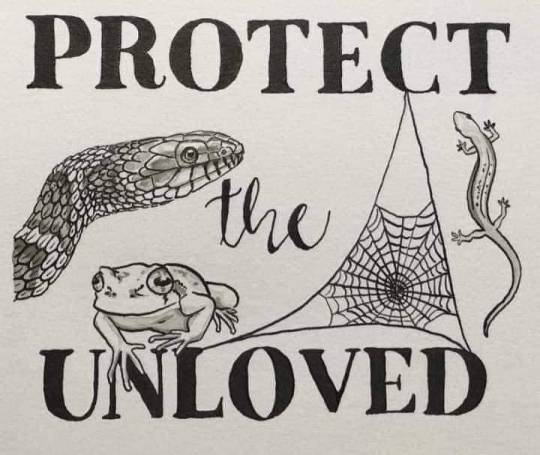
#environment#animals#snakes#frogs#newts#amphibians#endangered#love#extinct#conservation#nature#stolen#true#reptiles#spiders#arachnids
17K notes
·
View notes
Text

Abeliophyllum, the miseonnamu, Korean abeliophyllum, white forsythia, or Korean abelialeaf, is a monotypic genus of flowering plants in the olive family, Oleaceae. It consists of one species, Abeliophyllum distichum Nakai, endemic to Korea, where it is endangered in the wild, occurring at only seven sites.
5K notes
·
View notes
Text
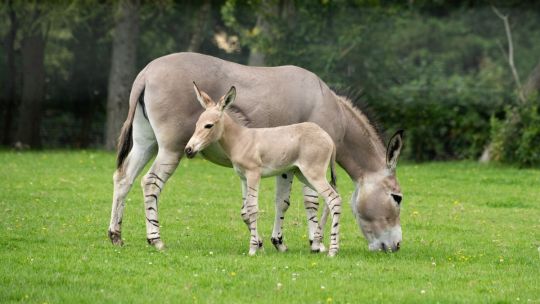
The African wild ass foal was born at Marwell Zoo in the U.K. on Aug. 20.
(Image credit: Marwell Zoo)



1K notes
·
View notes
Text
did you know that the world’s MOST ENDANGERED MAMMAL…
…is a cute little panda-spotted porpoise that could fit in your bath tub?? 🐬
TIME TO SUPPORT OUR FRIEND, THE VAQUITA!
read on to learn more (and maybe grab yourself some swag ;3)
(also, please tell your friends!)

oh! but… you’ve not heard of vaquitas? totally in the dark as to what’s going on with them? not a problem, i’ve got you covered!👇



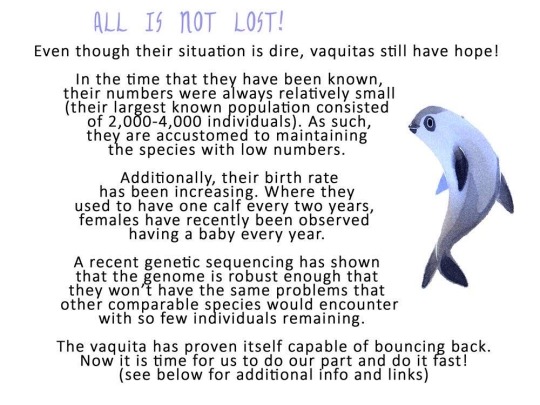
here’s a handy link for easy access to the features goodies i’ve got on offer:
fleebites.storenvy.com
more info about individual items to follow!

!! REMEMBER!! the drive ends 10th May, so grab it all quick-like!

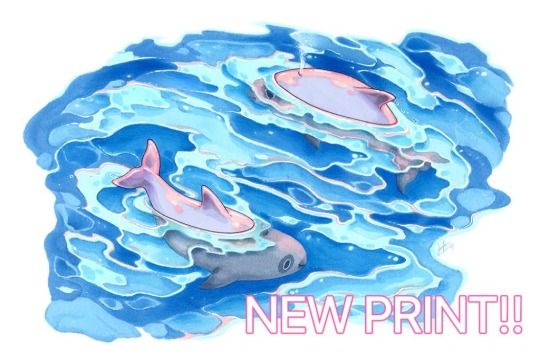
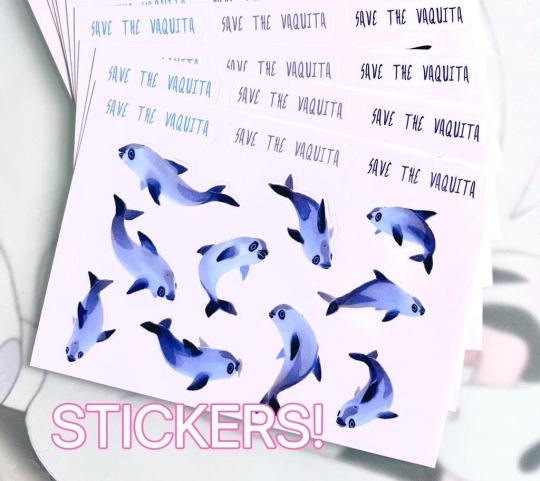
And what is this Sea Shepherd Conservation Society??
they are a nonprofit dedicated to the conservation of marine life. notably, they’ve been at the forefront of efforts to protect the vaquita through direct action (as in they actually go in and pull up gill nets, patrol the Sea of Cortez to intercept illegal fishing operations, etc.)
the vaquita is only one of a multitude of imperiled species they are working to save.
suffice to say, i believe they are well worthy of support!
want to check them out? do so here; https://seashepherd.org/
thank you for reading!! now, let’s save some tiny cetaceans! :D 💪🐬
2K notes
·
View notes
Text
The unequal proportion between the number of languages and how many speakers those languages have
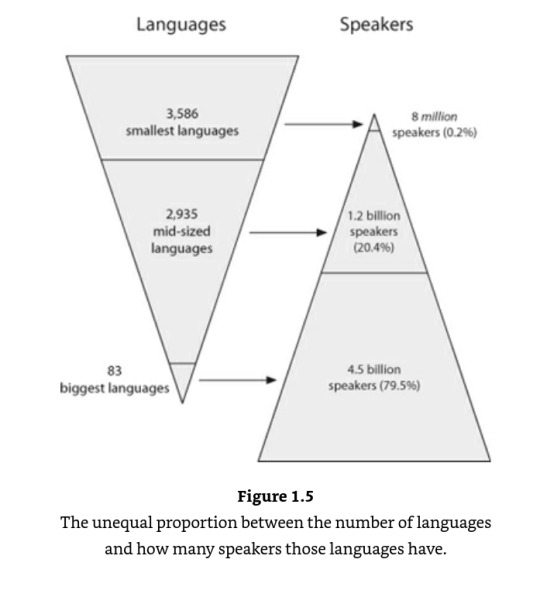
The median number of speakers for a human language is only about 5,000 people.
From the incredibly good book, When languages die: The extinction of the world’s languages and the erosion of human knowledge.
683 notes
·
View notes
Text
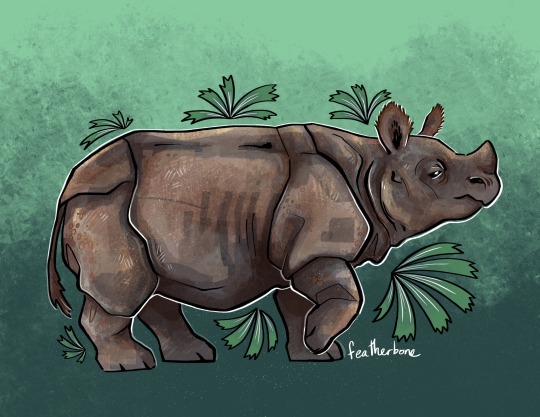
[ID: an illustration of a rhino facing to the right, with one foot raised slightly. It is surrounded by ferns on a forest green background. End.]
Javan rhinoceros! Once, they lived from northeast India to Southeast Asia - today they are one of the most endangered land mammals, with under 80 individuals left in Ujung Kulon National Park in Java, Indonesia.
276 notes
·
View notes
Text
Oceanic manta rays are the largest species of ray in the world, with a wingspan of up to 26 feet. Despite their immense size, they are completely harmless to divers - they have no barbs to speak of, unlike stingrays, and spend their time filtering the water for plankton with the help of their cephalic lobes (the big paddles on each side of their mouths). Socorran mantas have grown very used to divers, and often seek out our bubble curtains seemingly because they feel good and may help clear away parasites!
#manta#mobula birostris#endangered#dive footage#scuba#marine biology#marine bio#marine biology studyblr#marine bio studyblr#biology#zoology#marine life#animals#sea life#elasmobranchs#chondrichthyes#manta ray#socorro#mexico#cute animals
211 notes
·
View notes
Text
#good news#dams#dam removal#environmentalism#science#environment#nature#salmon#endangered#endangered species#fish#streams and rivers#puyallup river
215 notes
·
View notes
Video
‘Lost’ pigeon found after more than a century
A September expedition to Papua New Guinea confirmed via video the existence of the black-naped pheasant pigeon, a critically endangered species that has not been reported for 140 years.
“For much of the trip, it seemed like we had no chance of finding this bird,” said Jordan Boersma, co-leader of the expedition and a postdoctoral researcher at the Cornell Lab of Ornithology. “We were just two days away from the end of our time on Fergusson Island in Papua New Guinea when one of our remote cameras recorded the bird walking around and fanning its tail.”
The group captured the first-ever video and still photos of the bird, a large ground-dwelling species with a rust-colored back, a black head and body, and a bobbing pheasant-like tail. It may only exist far inland on Fergusson Island in hot, extremely rugged geothermal terrain laced with twisty rivers and dense with biting insects and leeches...
Read more: https://news.cornell.edu/stories/2022/11/lost-pigeon-found-after-more-century
5K notes
·
View notes
Text
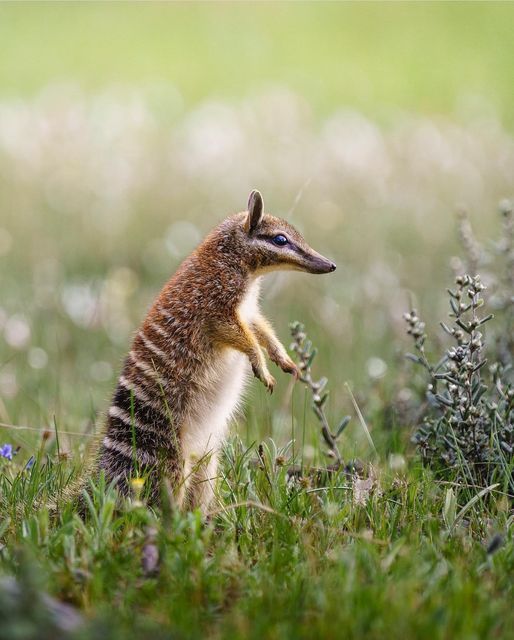
Numbat (Myrmecobius fasciatus), family Myrmecobiidae, Western Australia
ENDANGERED.
Once wide spread across Australia, they are now only found in small colonies in Western Australia and NSW.
photograph by @vik.d_wildlife
459 notes
·
View notes
Text


merry christmas :,)
1K notes
·
View notes
Text
here are some illustrations i drew for my newest book, ‘Small Song’!

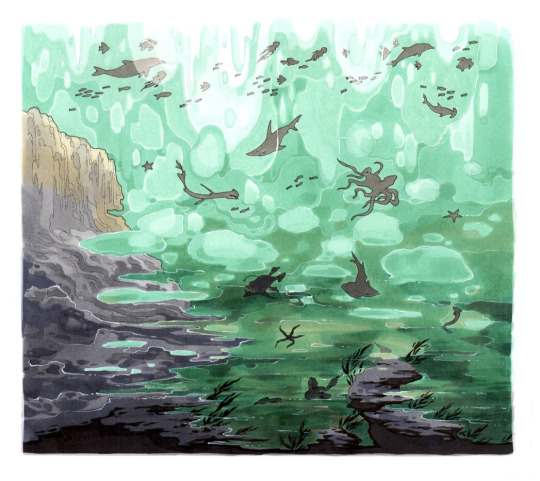


this book is about a young vaquita trying to find her way in a changing world. vaquitas are the world’s smallest cetacean, as well as one of the most acutely endangered animals alive today.
- LIMITED RUN!
- all books are signed and numbered
- 50% of proceeds from books sold during my vaquita fundraiser (3rdMay-10thMay) benefit The Sea Shepherd Conservation Society
i wrote and illustrated this book. at 60pgs, it was no small undertaking! (took over a year to complete). i did intensive research on vaquitas for this project and included a section in the book with more info about them and how they can be saved (yes, even with only 10 left, it’s still possible!)
Small Song’s story is playfully fanciful &brutally honest in turns. all illustrations are lovingly rendered in marker&inks. i’m pretty pleased with how it printed, too! i hope you will love it, also!
get yours here!
652 notes
·
View notes
Text

Pallas’ cat, also known as the manul.
Native to Central Asia. Endangered.
409 notes
·
View notes